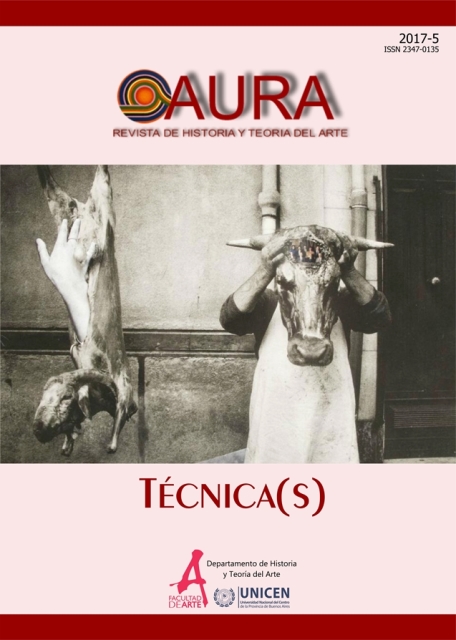The Power of the False: Symbol of Expression in Alain Robbe-Grillet's films
Keywords:
cinema, deleuze, time-image, power of the false, repetitionAbstract
Alain Robbe-Grillet films broke with classic cinema in the 60’s. They emerge from the period known as Nouvelle Vague, whose most notable representatives: François Truffaut, Jean-Luc Godard, Jacques Rivette, ÉricRohmer, Claude Chabrol, were linked to the Cahiers du Cinéma magazine. In contrast, Robbe-Grillet, Chris Marker, Marguerite Duras, Agnés Vardá, Alain Resnais, were close to the Positif magazine, whose referents were literary vanguards. We have focused our analysis on the emblematic Robbe-Grillet film L’homme qui ment (1968). To perform this analysis we follow the lead of Deleuze (2009) and his time-image concept. We will take an ontological point of view on images which, in turn, will enables us to think about the close link between cinema and philosophy. This assertion comes from the fact that this work of fiction deal with a problem so dear to philosophy: the true-false dichotomy. In nietzschean reflection these concepts play a key role. It is Nietzsche (1869-1899) who breaks with the past philosophies of rationalism. He considers that we live in a world where truth is just a fiction, a construct of the subject. The power of the false is not related to the simple concept of lies, but with their influence on life itself. We need these fictions to affirm life, because there are no indubitable truths.
Downloads
Published
2017-06-24
How to Cite
Fonato, O. I. S. (2017). The Power of the False: Symbol of Expression in Alain Robbe-Grillet’s films. AURA. Revista De Historia Y Teoría Del Arte, (5), 48–70. Retrieved from https://www.ojs.arte.unicen.edu.ar/index.php/aura/article/view/396
Issue
Section
Studies


